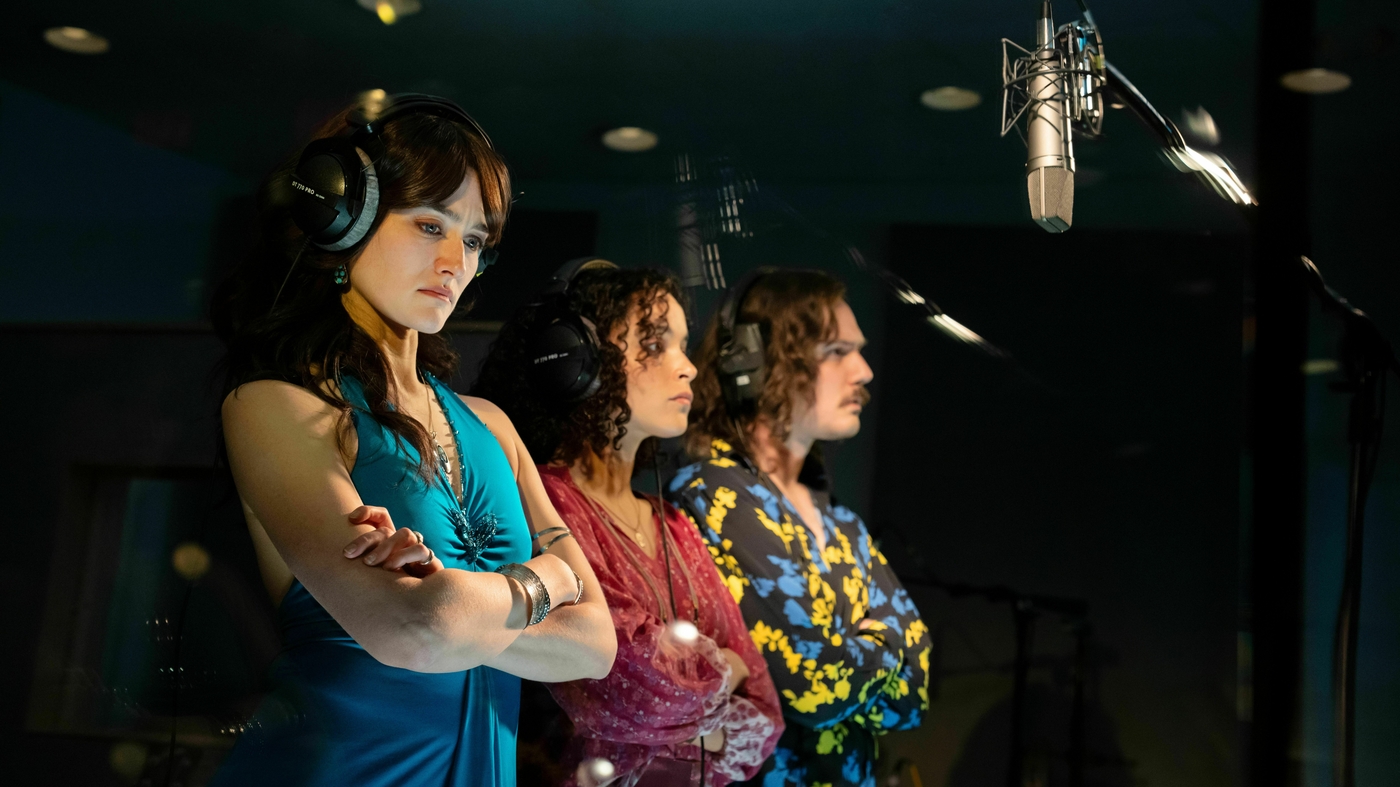
The Ledger: There’s Still Room for Consolidation in the FestivalMarket
Billboard's Top 50 Festivals of 2022, Ranked
The top 50 list is filled with potential mergers and acquisitions for growth-minded promoters: 35 of the top 50 festivals are owned by either independent promoters or, in a handful of cases, non-profit organizations. Some festivals are fewer than 10 years old and already have a record of accomplishment and significant brand equity. Many of their founders also promote other festivals that didn’t make the list.
In all, 16 of the top festivals are in the hands of two promoters: Live Nation and AEG Presents. Additionally, two publicly traded promoters only have one spot apiece in the top 50: MSG Entertainment (Boston Calling at No. 29) and Germany’s CTS Eventim (Rock am Ring and Rock im Park at No. 44). Together, these corporations make up more than a third of the top 50.
One might view these numbers as proof the biggest companies have taken over the festival market, but it also means two-thirds of the top 50 festivals are still independent. That diversity in ownership represents an opportunity for further consolidation, however, as history has shown that successful festivals are attractive acquisition targets.
Live Nation owns 12 of the top 50 festivals and is a partner in another, Ohana Fest in Dana Point, Calif., that was created by Pearl Jam singer Eddy Vedder. Live Nation has bought — not built — its most successful festivals. Lollapalooza (No. 7) and Austin City Limits (No. 13) came through its acquisition of a majority stake in Austin-based C3 Presents in 2014. It got Bonnaroo (No. 7) through its acquisition of a controlling interest in AC Entertainment in 2016 and bought a majority stake in BottleRock (No. 10) in 2017. Rock in Rio came (No. 19) was acquired in 2018. Splendour in the Grass (No. 18) went to Live Nation through its acquisition of a 51% stake in Australian promoter Secret Sounds Group in 2016. Two Mexican festivals, Vive Latino (No. 40) and Corona Capital Guadalajara (No. 42), are the properties of OCESA, which Live Nation acquired in 2021.
Insomniac, of which Live Nation bought “about” a 50% stake in 2013, has three of the top 50 festivals: Electric Daisy Carnival Las Vegas (No. 3), Electric Forest (No. 21) — which it co-owns with Madison House Presents — and Moonrise (No. 49). HARD Summer came from Live Nation’s acquisition of EDM promoter HARD in 2012.
AEG’s 2001 acquisition of Southern California promoter Goldenvoice gave it what would become the No. 1 festival, Coachella Valley Music and Arts Festival. Goldenvoice debuted its country music offshoot, Stagecoach Festival (No. 9) in 2007 and Day N Vegas (No. 14) in 2019 (this year’s edition of Day N Vegas was canceled on Friday). Hangout Music Festival (No. 39) entered a joint venture with Goldenvoice in 2015 to produce the festival.
Other than Live Nation and AEG, only two companies have ownership in multiple festivals in the top 50. Penske Media Corp. (owner of Billboard) owns a 50% stake in South by Soutwest (No. 5) and a majority stake in Life Is Beautiful (No. 26). Danny Wimmer Presents owns Welcome to Rockville (No. 43) and Bourbon & Beyond (No. 45).
Companies seeking a bigger footprint in Latin markets can target some established brands. Colombia’s Páramo Presenta could be an acquisition target for its 12-year-old festival, Estéreo Picnic. Spain’s Primavera Sound (No. 23), starting with its namesake festival in Barcelona in 2001, also runs festivals in Argentina and Brazil. The four-year-old reggaeton and Latin music-focused Baja Beach Fest (No. 24) is held just south of the U.S. border in Rosarito, Mexico, and attracts a U.S. crowd.
In the U.S., some entrepreneurs have quickly — by festival standards — built successful events into top-tier brands. Seven-year-old Rolling Loud Miami (No. 12) already has offshoots in New York City, Toronto, Portugal and the Netherlands. San Francisco’s Outside Lands Music and Arts Festival (No. 4) was launched in 2008 — that’s young for such an established brand — by Another Planet, Superfly Presents and Starr Hill Presents. Float Fest (No. 47) in Gonzales, Texas launched in 2014 and returns in 2022 after taking three years off.
Three of the top 50 are effectively off limits to M&A because they are owned by non-profit organizations that act as stewards of the festivals’ legacies. These are the oldest and among the most revered festivals: New Orleans Jazz Festival (No. 11), Newport Folk Festival (No. 17) and Roskilde Festival (No. 20). That their founders transferred ownership to charitable organizations speaks to the way some festivals go beyond corporate profit motive and become ingrained in communities’ cultures and identities. All festivals involve private-public partnerships to some extent: communities provide public resources, and many festivals require local government permits that allow events to take place on public lands. But this ensures some of the longest-running festivals — and many smaller ones not on the list — are not going to be swept up in corporate consolidation of the concert business.
STOCKS
Through July 1, the % change over the last week, and the year-to-date change.
Universal Music Group (AS: UMG): 19.12 euros, -4.4%, -22.8% YTD
Spotify (NYSE: SPOT): $97.52, -8.9%, -58.3% YTD
Warner Music Group (Nasdaq: WMG): $24.57, -6.2%, -43.1% YTD
HYBE (KS 352820): KRW 140,000, -5.4%, -59.9% YTD
Live Nation (NYSE: LYV): $83.06, -4.3%, -30.6% YTD
iHeartMedia (Nasdaq: IHRT): $8.07, -1.8%, -61.6% YTD
Cumulus Media (Nasdaq: CMLS): $7.91, +1.2%, -29.7% YTD
Tencent Music Entertainment (NYSE: TME): $5.24, +5.6%, -23.5% YTD
Cloud Village (HKE: 9899): HKD 85.40, +5.5%, -45.7% YTD
Reservoir Media (Nasdaq: RSVR): $6.28, -1.9%, -20.6% YTD
NYSE Composite: 14,636.76, -1.2%, -14.7% YTD
Nasdaq: 11,127.85, -4.1%, -28.9% YTD
S&P 500: 3,825.33, -2.2%, -19.7% YTD








































































